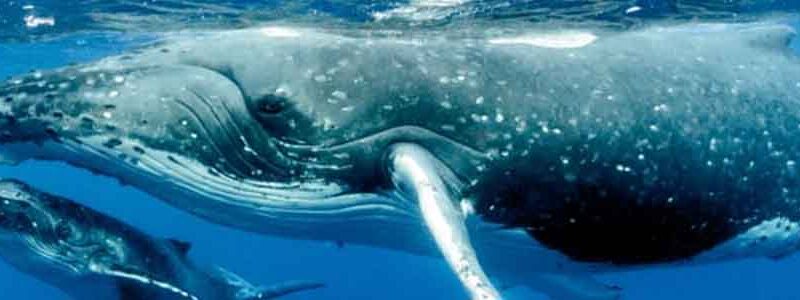Whales, along with dolphins and some other marine mammals, exhibit a fascinating behavior known as unihemispheric slow-wave sleep. This means they sleep with one half of their brain at a time while the other half remains awake. Here’s a detailed look at why they do this:
Breathing
- Voluntary Breathers: Unlike humans, whales are voluntary breathers, meaning they must consciously come to the surface to breathe. By keeping one half of their brain awake, they can continue to surface for air even while resting. This is crucial for their survival, as they need to breathe regularly to avoid drowning.
Predator Awareness
- Vigilance: Keeping one eye open and half of their brain alert helps them stay aware of potential predators. This constant vigilance is essential in the ocean, where threats can come from various sources, including sharks and orcas.
Navigation and Social Interaction
- Pod Coordination: Whales often travel in groups called pods. By maintaining partial wakefulness, they can stay in contact with their pod members, ensuring they don’t get separated. This is important for social bonding and coordinated movement.
- Navigation: Even while resting, whales need to navigate through the water. Keeping one half of their brain active allows them to continue swimming slowly and maintain their course.
Thermoregulation
- Body Temperature: Some whale species need to keep moving to maintain their body temperature. Staying still for too long in cold water can lead to a drop in body temperature. By swimming slowly while partially asleep, they can generate enough body heat to stay warm.
Rest and Recovery
- Balanced Rest: This method of sleeping allows whales to rest one hemisphere of their brain at a time, ensuring that both halves get the necessary rest without compromising their ability to breathe, stay alert, and navigate.
Evolutionary Adaptation
- Survival Mechanism: This unique sleep pattern is an evolutionary adaptation that has enabled whales to thrive in their aquatic environment. It balances the need for rest with the demands of their environment, such as the need to surface for air and stay vigilant against predators.
Scientific Observations
- Research Findings: Studies have shown that during unihemispheric slow-wave sleep, one eye (opposite to the sleeping hemisphere) remains open. This eye remains alert to the surroundings, while the other eye (on the sleeping side) is closed.
This remarkable adaptation showcases the incredible ways marine mammals have evolved to meet the challenges of their environment. It highlights the balance between rest and survival, ensuring that whales can continue to thrive in the vast and often perilous ocean.

